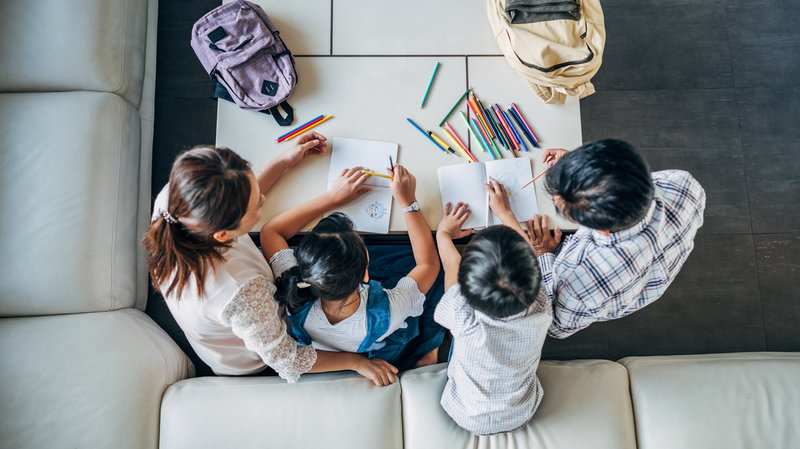
Learning from home presents a significant challenge for kids who were used to in-person schooling. It’s an entirely new dynamic of Zoom calls and virtual lessons instead of live instruction surrounded by their friends. With the pandemic pushing schooling to the home, both kids and parents are struggling to manage new responsibilities. To help ease stress during this time, BCFS System offers resources for parents to help them navigate at-home learning and bring out the best work from their kids. The nonprofit organization offers an array of health and human services for people throughout the United States and the world.
The organization suggests parents with at-home learners should first set reasonable yet challenging expectations and goals. These could be requirements for grades or homework for older kids, or broader goals such as “learning to read” for young children. BCFS System recommends parents establish goals to add structure to learning, but to also accept plans might need to change over time in response to any challenges the child might face throughout the school year.
After setting expectations, parents can take other actions to improve their child’s odds of learning success. One tip is to create a distraction-free learning environment. This means an area where the child does not have easy access to non-school electronics. This area should be comfortable, but not so comfortable that the child wants to take a nap. Quality lighting is also important, as that can reduce eye strain as the child reads books or looks at their computer screen for hours a day. If possible, this dedicated area should only be used for learning, with students keeping all their school supplies organized and readily accessible as needed.
Since parents and their at-home learners are spending most of the day together, there is an opportunity for additional learning beyond the approved school district plans. This does not mean parents should require their kids to take extra physics classes or read way past bedtime. It’s simply a good time to offer non-traditional learning. For example, parents could show their children how to do laundry, or work together to take apart an old appliance to see how it works. Kids of all ages might also enjoy lessons about budgeting and personal finance, which can give them context into how grownups spend money and help them prep for their future.